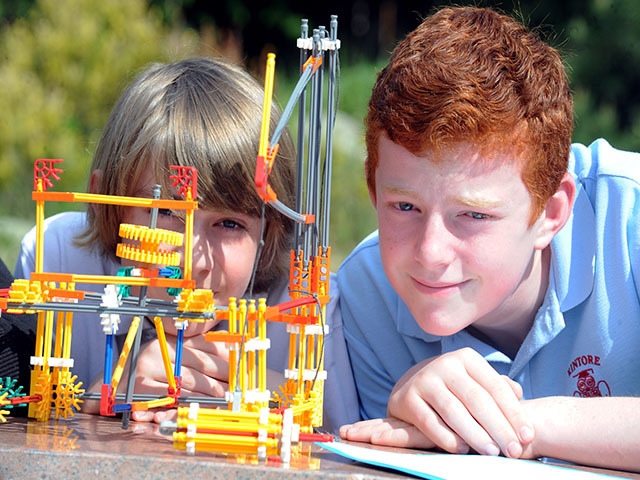
We have two winners this month! They are Nathan Anderson and Alasdair Stephen from Kintore Primary School, with their terrific description of what Platforms are used for.
It means that the A-Z of Energy alphabet has reached the letter R for ROV or remotely operated vehicle. Can you describe what you think an ROV is and win your school one of the latest iPads?
To get involved, all you have to do is tell us how ROVs are used in the North Sea . . . what do they do, who uses them and where?
Write it up in no more than 250 of your own words and send your entry to us by Friday, June 21.
You could get your entry printed in Energy next month and win your school an iPad, thanks to Shell, which is supporting our A-Z of energy. Don’t forget to include your name, age and what school you are at.
Meanwhile, Shell’s Inside Energy app is packed with information on energy through videos, animations and photo galleries.
E-mail entries to alexander.holmes@ajl.co.uk
What is a North Sea platform?
North Sea platforms are gigantic. We know this because the average oil platform is three times the height of Big Ben in London and so big it weighs the same as the Forth Road bridge near Edinburgh.
The purpose of a platform is to get oil or gas from the North Sea. The platform is submerged in water and a pipe is lowered from the top of the platform down to the sea bed. Then pressure takes the oil or gas up into the platform where it is then transported to dry land. We need this oil and gas for everyday things like fuel for cars, buses, and lorries.
The main jobs on a platform are the drilling team and the maintenance team. The workers work on 12-hour shifts. There are also people that work designing the tools they use in companies onshore. Some workers stay on the platform for weeks at a time.
On the platforms everyone has their own responsibilities. Every week they have an emergency exercise called a “muster”. They do this to make sure everyone knows what to do in an emergency. It is a bit like a fire drill.
The source of fuel that platforms are linked to will not last forever. When it eventually runs out we will have to use other sources of energy.
